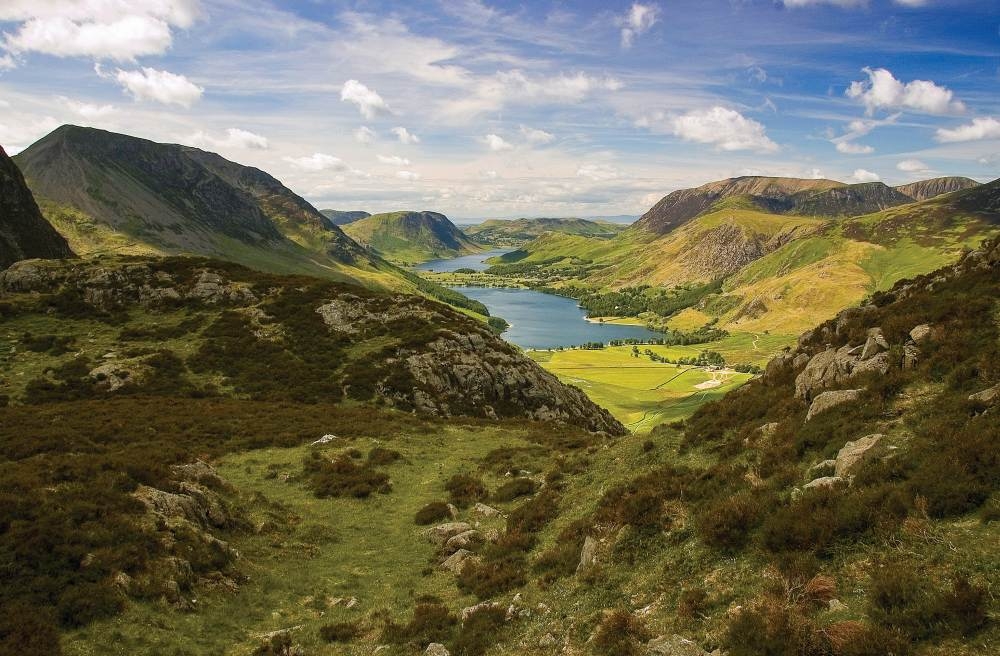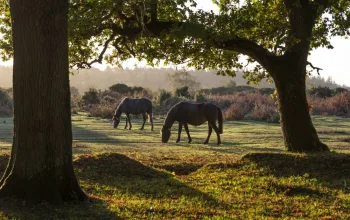This last climb would complete the legendary walker’s seven-volume Pictorial Guide to the Lakeland Fells guidebooks. Made up entirely of Wainwright’s own sketches and hand-written route notes for each of his chosen 214 Lake District fells, these guides have become a much-loved and much-used fell walker’s ‘bible’ to hill walking in the Lake District, with over 2 million copies being sold to date.
Up to that day 50 years ago, Wainwright had been meticulously writing the guides for 13 years at an average of one page per evening. It was a ‘labour of love’ as he called it which would eventually earn him an MBE.
Wainwright was actually brought up in Blackburn, and it wasn’t until he was 23 that he first visited the Lake District, catching the bus to Windermere with his cousin. Climbing straight from the bus station to the top of 780m-high Orrest Head, the young man was immediately, and forever, smitten: ‘I was totally transfixed... I had never seen anything like this [it was] a glorious panorama that held me enthralled.’
From that day on, until his death in 1991 at the age of 84 Wainwright would remain in the Lake District’s spell. Eleven years later he would move to Kendal but it wasn’t until some 22 years after the first Lake District encounter that he started penning his pictorial guides.
The fell walker went on to work on a guide book for what was to be England’s first National Trail, the Pennine Way. Wainwright would publish some 50-odd books but after the Pennine Way, in 1973 Wainwright further boosted his legacy by creating a long distance walk across the top of England from St Bees to Robin Hood’s Bay which he called A Coast to Coast Walk. This still hugely popular 190-mile walk traverses North England from St. Bees to Robin Hood’s Bay, through the Lake District, the Yorkshire Dales and the North York Moors national parks.
Wainwright described the route as ‘putting the Pennine Way to shame for scenic beauty, variety and interest.’
In a fitting end, Wainwright’s wife scattered his ashes at Innominate Tarn, at the top of his beloved Haystacks fell.



















